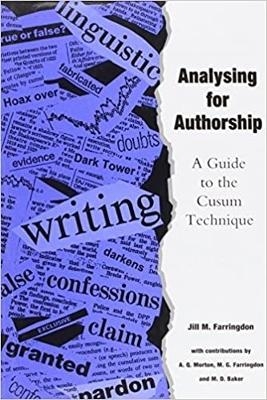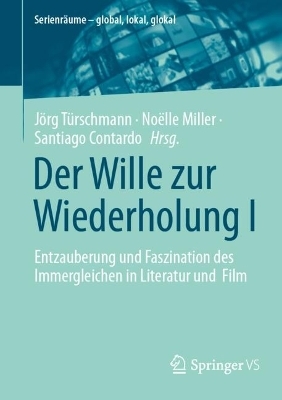
Analysing for Authorship
A Guide to the Cusum Technique
Seiten
1996
University of Wales Press (Verlag)
978-0-7083-1324-4 (ISBN)
University of Wales Press (Verlag)
978-0-7083-1324-4 (ISBN)
The need to attribute disputed utterance constantly arises, whether as a matter of legal urgency or the focus of scholarly debate. This work provides a guide to Andrew Q. Morton's cumulative sum technique for authorship attribution (Cusum or QSUM, as the analytic procedure is now known).
The need to attribute disputed utterance constantly arises, sometimes as a matter of legal urgency (contested 'confessions' or other documents), sometimes as the focus of fierce scholarly debate (was that new story just discovered really by D.H. Lawrence? QSUM finds not), sometimes as a popular diversion (whose words were on the 'Royal Tapes'?) It is in such situations that a scientific method of attribution - one which is objective - becomes desirable. The cumulative sum technique for authorship attribution (Cusum or QSUM, as the analytic procedure is now known) is just such a method. Invented in 1988 by Andre Q. Morton, long recognised as the foremost authority on the subject, QSUM is fully explained with copious illustrations. The technique works cross time and genre, and has already been used to solve several attribution problems. It has obvious uses in legal work, past and present (did Derek Bentley really make that confession? - again, QSUM finds not).
The need to attribute disputed utterance constantly arises, sometimes as a matter of legal urgency (contested 'confessions' or other documents), sometimes as the focus of fierce scholarly debate (was that new story just discovered really by D.H. Lawrence? QSUM finds not), sometimes as a popular diversion (whose words were on the 'Royal Tapes'?) It is in such situations that a scientific method of attribution - one which is objective - becomes desirable. The cumulative sum technique for authorship attribution (Cusum or QSUM, as the analytic procedure is now known) is just such a method. Invented in 1988 by Andre Q. Morton, long recognised as the foremost authority on the subject, QSUM is fully explained with copious illustrations. The technique works cross time and genre, and has already been used to solve several attribution problems. It has obvious uses in legal work, past and present (did Derek Bentley really make that confession? - again, QSUM finds not).
| Erscheint lt. Verlag | 20.6.1996 |
|---|---|
| Mitarbeit |
Anpassung von: A. Q. Morton, Michael G. Farringdon, M. D. Baker |
| Zusatzinfo | Not illustrated |
| Verlagsort | Wales |
| Sprache | englisch |
| Maße | 138 x 216 mm |
| Themenwelt | Geisteswissenschaften ► Sprach- / Literaturwissenschaft ► Anglistik / Amerikanistik |
| Geisteswissenschaften ► Sprach- / Literaturwissenschaft ► Literaturwissenschaft | |
| Geisteswissenschaften ► Sprach- / Literaturwissenschaft ► Sprachwissenschaft | |
| Recht / Steuern ► EU / Internationales Recht | |
| Recht / Steuern ► Wirtschaftsrecht ► Urheberrecht | |
| ISBN-10 | 0-7083-1324-8 / 0708313248 |
| ISBN-13 | 978-0-7083-1324-4 / 9780708313244 |
| Zustand | Neuware |
| Haben Sie eine Frage zum Produkt? |
Mehr entdecken
aus dem Bereich
aus dem Bereich
Poetik eines sozialen Urteils
Buch | Hardcover (2023)
De Gruyter (Verlag)
59,95 €
Entzauberung und Faszination des Immergleichen in Literatur und Film
Buch | Softcover (2024)
Springer Fachmedien Wiesbaden GmbH (Verlag)
84,99 €
Buch | Softcover (2024)
belleville (Verlag)
20,00 €


